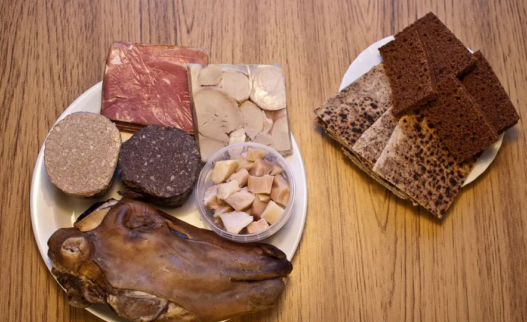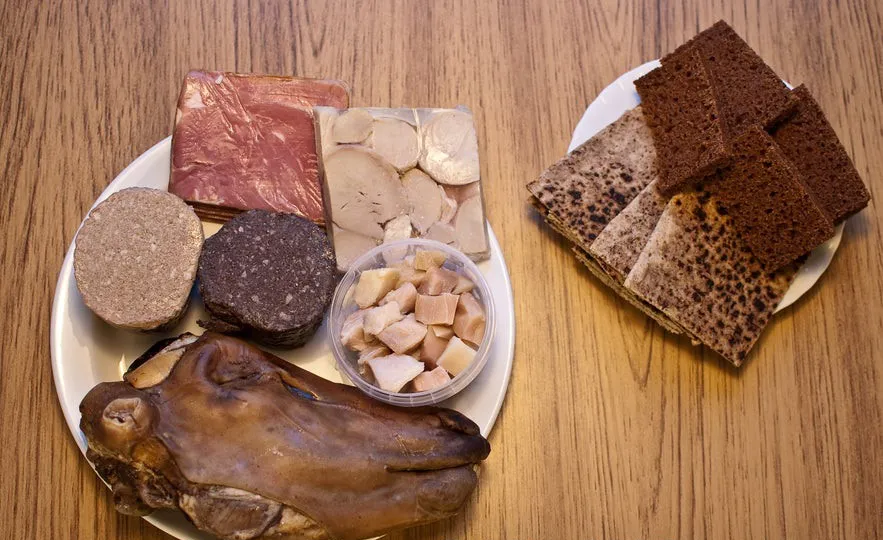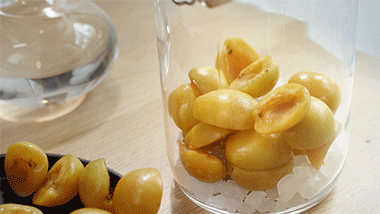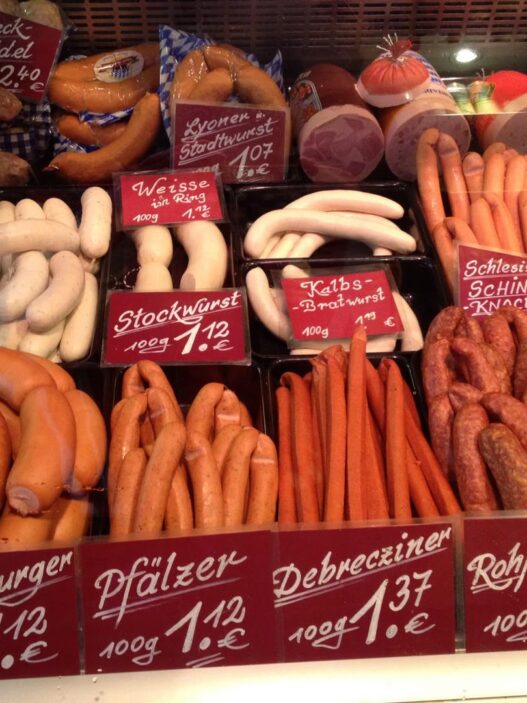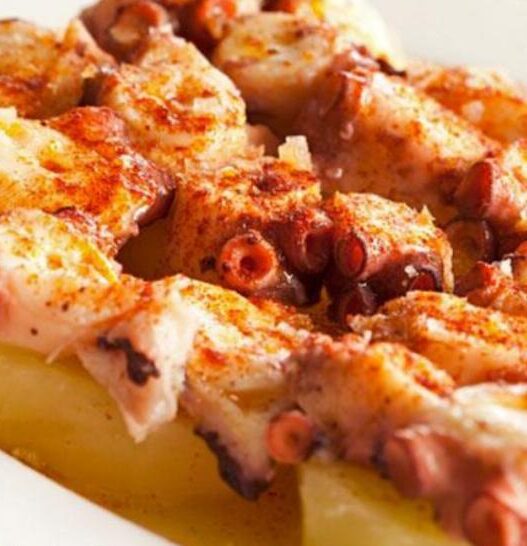Iceland, an island nation in the far north of Europe, is known for its volcanic landscapes, glacier coverage, and not quite four seasons of winter (contrary to popular belief), earning it the nickname “The Land of Ice and Fire.”

When it comes to Icelandic cuisine, many might think of traditional dishes like fermented shark (Hakarl), puffin meat (Lundar), sheep’s head (Svið), and ram’s testicles in sauce (Hrútspungar), which might seem rather dark to outsiders. However, there’s a street food with a strong American flair that has become an iconic Icelandic national dish, simple yet dubbed “Iceland’s most delicious food.”
That’s right — the hot dog!

Bæjarins Beztu Pylsur – Iceland’s Best Hot Dogs
Iceland’s most famous hot dog comes from the chain brand Bæjarins Beztu Pylsur (literally translated as “The City’s Best Hot Dogs”), where virtually every tourist visiting Reykjavik makes a pilgrimage to its flagship store near the Old Harbor Concert Hall in the city center.

This hot dog stand, opened in 1937, only sells hot dogs, carbonated drinks, chocolate milk, and a couple of small snacks. It operates diligently from morning until late at night, with lines often stretching tens of meters, filled with eager patrons.
Whether you’re starting your day, needing a snack after sightseeing, looking for a meal, or craving something indulgent in the middle of the night, this brightly lit stand has you covered. The buns are as soft as clouds, with a base layer of crispy fried onions and fresh, spicy raw onions, followed by the star of the show — the hot dog sausage. It’s then topped with rich tomato sauce, French mayonnaise, and mustard, all tightly wrapped together. Quick, before the thick sauce drips down, take a bite while the saliva in your mouth is already lubricating your anticipation.

As you bite into the hot dog, the sausage bursts with a “snap,” followed by the crunch of the fried onions being crushed, creating a symphony of flavors as the three sauces mingle with the sausage’s juices. The slight spiciness of the raw onions adds to the mix, and with the help of your 37°C internal blender, your taste buds are in for an unparalleled treat for the next few seconds.
Bæjarins Beztu Pylsur wasn’t always this famous from the start. Its fame began to grow in 2004 when UNICEF held a conference in Reykjavik, and then-U.S. President Bill Clinton happened to pass by this unassuming hot dog stand.
Mæja, who was working at the stand, recognized Clinton and called out his name, inviting him to try their hot dog. Despite being on a diet, Clinton indulged in one (with soda…), but only with mustard, which later became known as the “Clinton” order. If you want to try this former president’s way of eating, just say “Clinton” when ordering.

Clinton’s visit catapulted this remote Icelandic hot dog stand to fame, making it one of Iceland’s culinary highlights and earning it a place in major Icelandic travel guides. Two years later, in 2006, Bæjarins Beztu Pylsur was even ranked by The Guardian as one of “Europe’s Top Five Best Hot Dog Stands.”
Not only Clinton, but many celebrities have stopped by to try it out while in Reykjavik, including Kim Kardashian, Charlie Sheen, and Anthony Bourdain.

Today, Bæjarins Beztu Pylsur has 12 locations across Iceland, selling thousands of hot dogs daily to satisfy both tourists and locals. Before boarding your flight at Keflavik Airport to leave Iceland, you can also enjoy one of these savory hot dogs as a farewell to this beautiful land of ice and fire.

So, why has this humble hot dog become a representative national dish of Iceland, and what makes it so special?
Let’s start with the hot dog itself.
The invention of the hot dog is widely debated. According to the National Hot Dog and Sausage Council (NHDSC), around 1860, a German immigrant began selling Frankfurt sausages with sauerkraut and milk rolls from a pushcart in New York City. Then, around 1870, another German opened a hot dog stand in Coney Island, selling these sausage combinations in milk rolls.
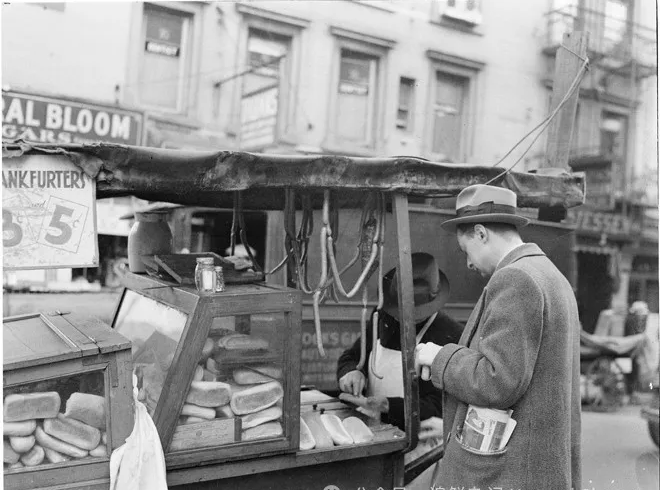
Moreover, at the 1893 Chicago World’s Columbian Exposition (or the 1904 Louisiana Purchase Exposition), a German vendor sold hot sausages to visitors, providing white gloves to prevent burns while eating. However, customers often took the gloves home, causing losses for the vendor. He sought help from his baker relative, who then baked long, soft buns to serve as “gloves” for the hot sausages.
Initially, hot dogs weren’t simply called “hot dogs,” but rather “hot dachshund sausages,” where “dachshund sausage” essentially means “little dog” or more specifically, “dachshund.”
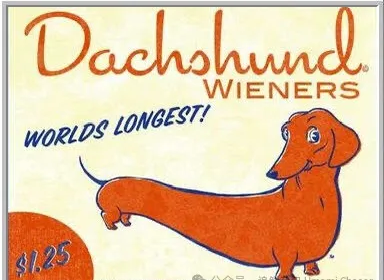
Hot dog vendors typically carried a large container of hot water and sausages, shouting, “They’re red hot! Get your dachshund sausages while they’re red hot!”
One popular story claims that in 1901, a New York Times sports cartoonist named Tad Dorgan, upon seeing this scene, was inspired to draw a small cartoon of a dachshund barking between buns. However, Tad couldn’t spell “dachshund” correctly, so he opted for “Hot dog,” thus the phrase “Get your hot dogs” was born.

The catchy, easy-to-say “Hot dog” soon spread, replacing the cumbersome “dachshund.”

Unfortunately, Tad’s hot dog cartoon has since been lost…
Another theory suggests that the term “Hot dog” originated from Yale University’s campus magazine in the 1890s. At that time, German sausages were popular among students. Due to their low cost, a rumor circulated that these sausages were made from dog meat, which students found amusing and thus coined the term “Hot dog.” Additionally, the vendors’ pushcarts were also called “Dog wagons.”
A Brief History of Icelandic Hot Dogs and Their Ingredients
Returning to Icelandic hot dogs:
Iceland’s hot dog history can be traced back to the SS Slaughterhouse, established in 1907, which began producing hot dog sausages. However, the true hot dog culture in Iceland took off in 1937 with the opening of Bæjarins Beztu Pylsur, thanks to the American military presence introducing the hot dog culture.
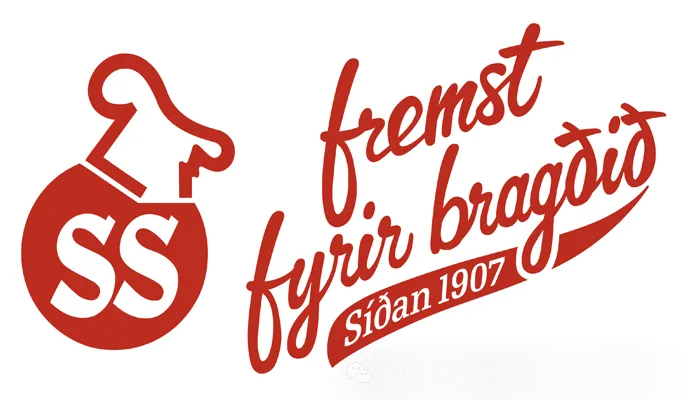
Due to wartime shortages and flour rationing, Icelandic hot dogs were initially just a single sausage wrapped in paper with only tomato sauce and mustard as toppings until restrictions were lifted in 1948. Over time, the ingredients became more elaborate.
The classic Icelandic hot dog consists of:
- Hot dog bun
- Hot dog sausage (Pylsa or Pulsa)
- Fried onions
- Raw onions
- Icelandic hot dog tomato sauce (Pylsutómatsósa or Tómatsósa)
- Icelandic hot dog mustard (Pylsusinnep or Sinnep)
- Icelandic hot dog remoulade (Pylsuremúlaði or Remúlaði)
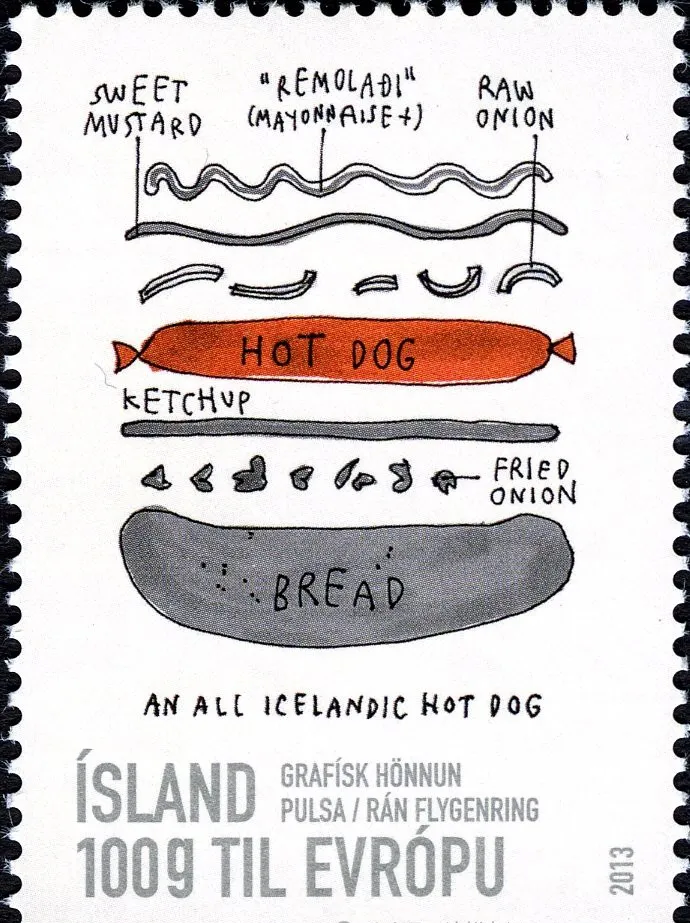
Many of these ingredients are unique to Iceland:
Hot dog sausage (Pylsa or Pulsa): Given Iceland’s abundance of sheep, unlike hot dogs elsewhere, Icelandic ones contain a significant amount of lamb, with little to no potato starch, making them very meaty.
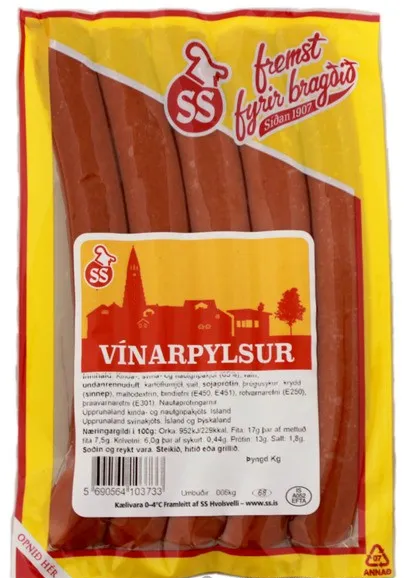
Icelandic hot dog tomato sauce (Pylsutómatsósa or Tómatsósa): Unlike the typical tomato sauce, Icelandic versions include apples for sweetness rather than traditional syrup or sugar.

Icelandic hot dog mustard (Pylsusinnep or Sinnep): It’s not just the spicy mustard; it’s also infused with honey, beer, brown sugar, vinegar, and various spices, creating a unique sweet-spicy flavor. Its color is not the usual yellow but a caramel-like brown.
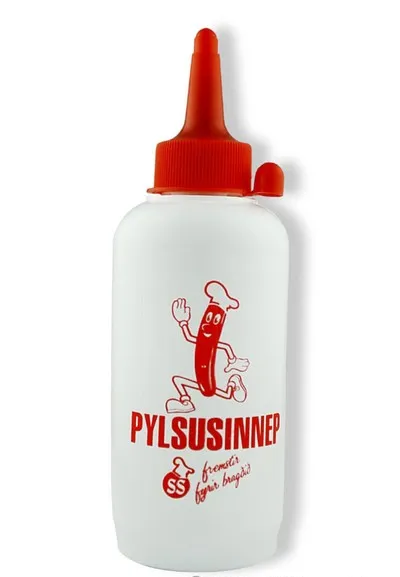
Icelandic hot dog remoulade (Pylsuremúlaði or Remúlaði): Like the mustard, the remoulade is enriched with ingredients like pickles, turmeric, red pepper, capers, and vinegar, with each establishment having its own secret recipe.

It’s worth mentioning that Icelandic hot dogs have a “strict” order for layering the ingredients: the bun is on the outside (obviously), followed by a layer of fried onions, a smear of tomato sauce, then the sausage, followed by raw onions, mustard, and remoulade.







